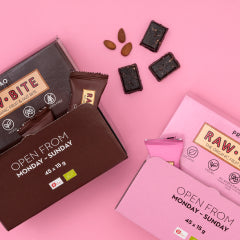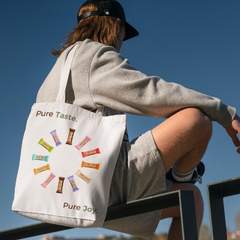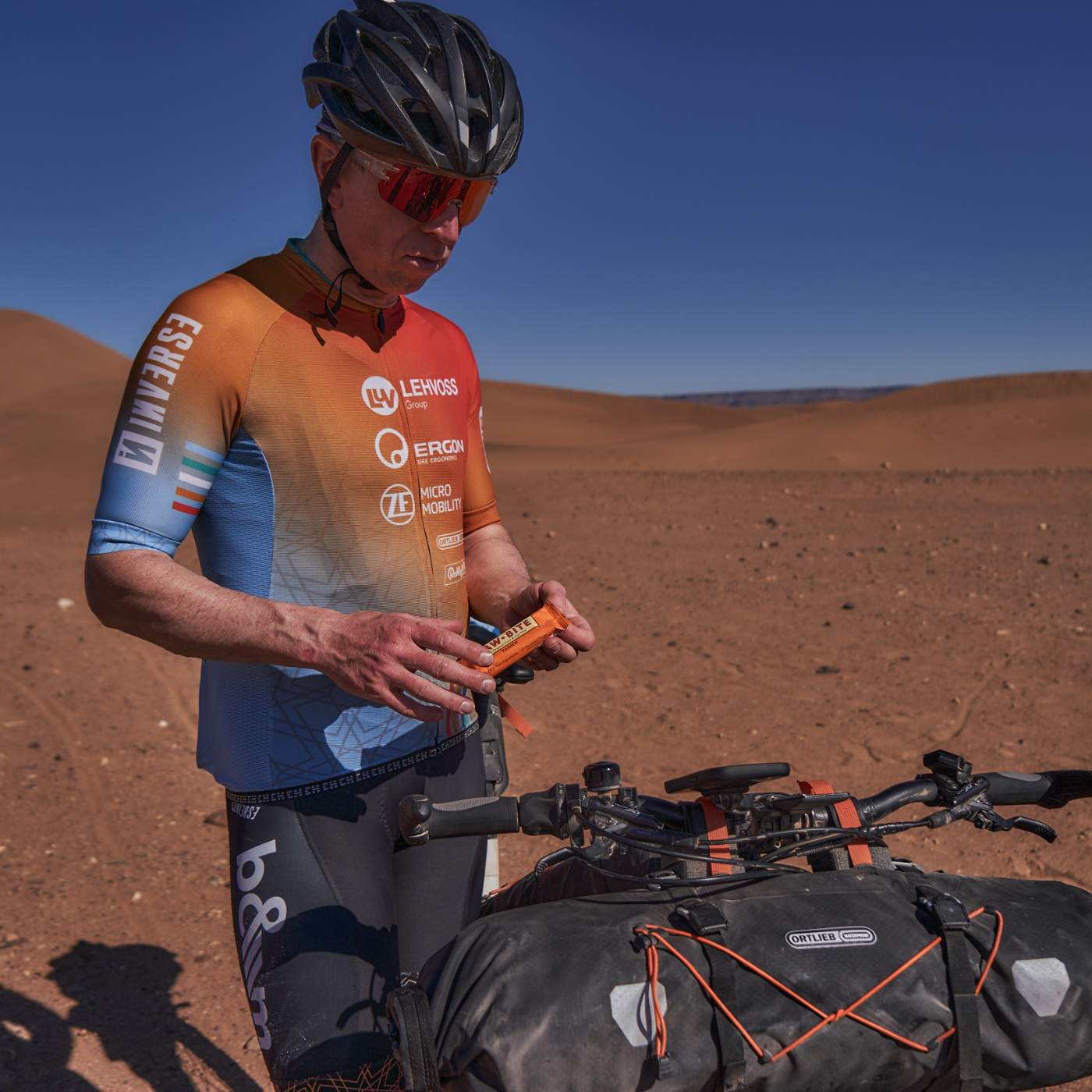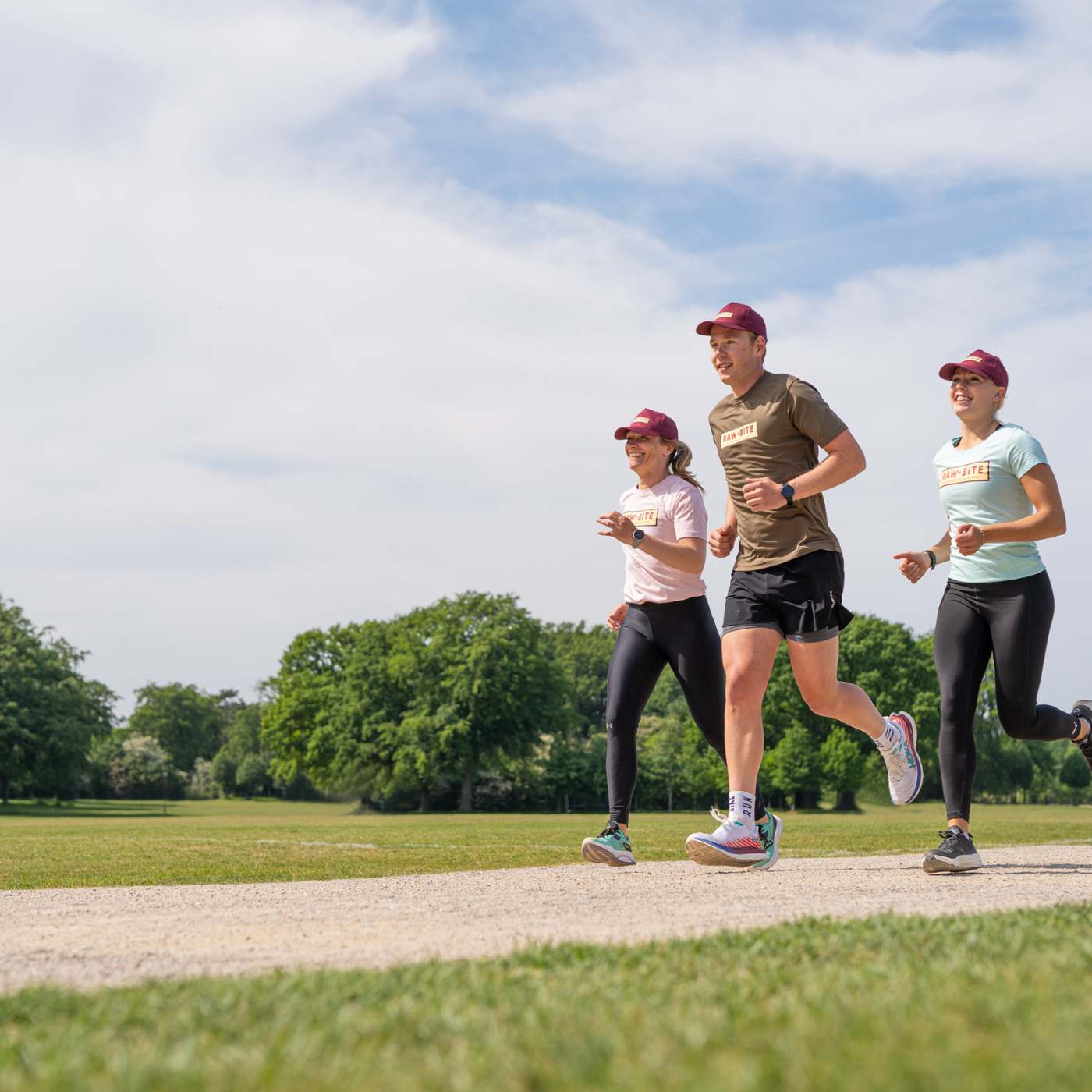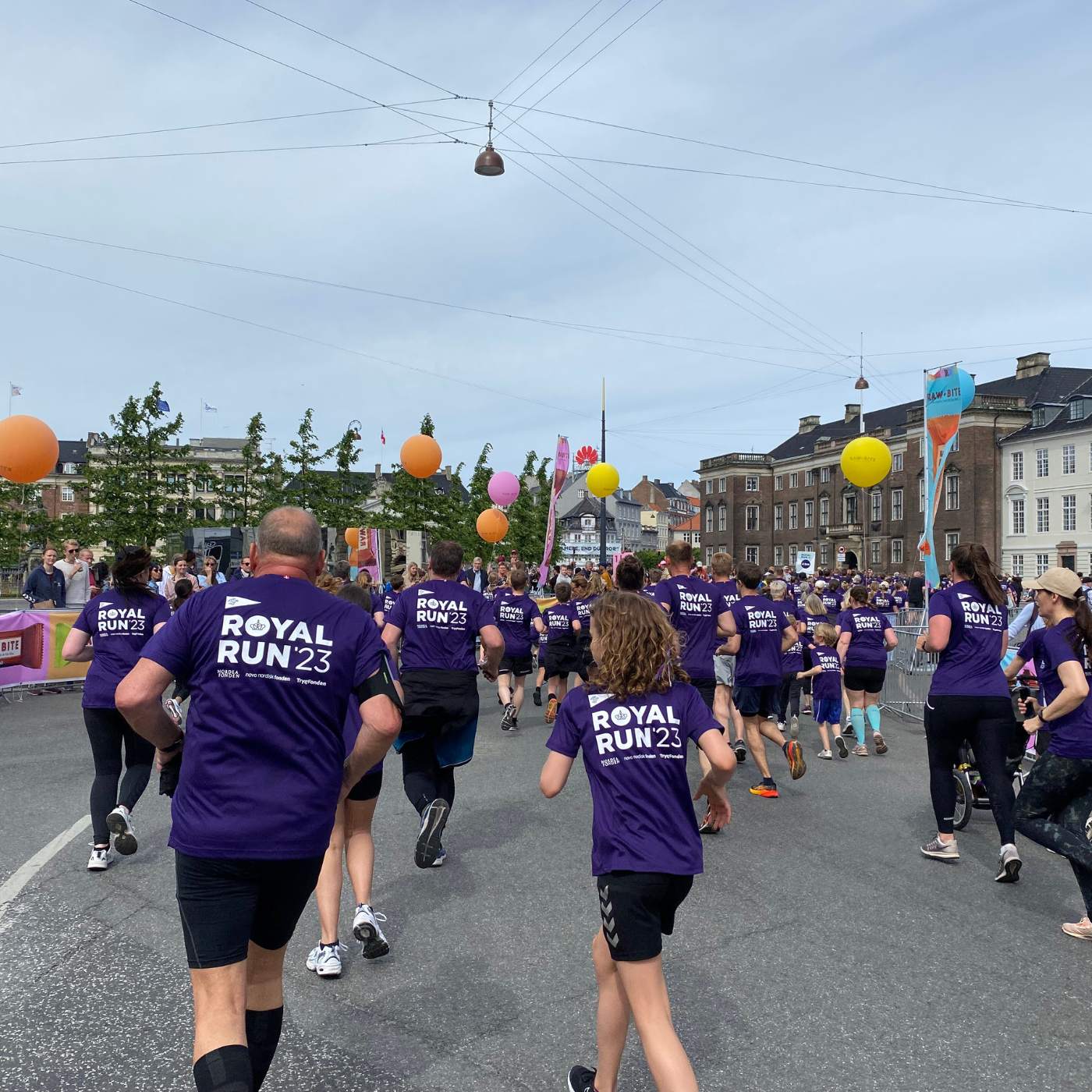We've followed three RAWBITE fans Oliver, David and Mike, on the adventure of a lifetime: A bike ride through Morocco. Together they have overcome borders, experienced breathtaking landscapes and met helpful people. In this interview, you can read more about their preparation, the highlights of the trip and how RAWBITE has also helped them on their way in the extreme weather conditions.
RAWBITE: Oliver, how did you come up with the idea of traveling through Morocco by bike?
Oliver: We wanted to experience a desert area by bike in the most sustainable way of traveling possible and not fly halfway around the world. Morocco is therefore obvious when traveling from Europe. The country is easily accessible by train and ferry across the Strait of Gibraltar, still very exotic and different from Europe and has a good climate in February.
RAWBITE: How did you prepare for the bike ride? How long did the preparation take? Did you need specific equipment?
Oliver: We planned for a relatively long time, but we prepared in a relatively short time. The preparation began with having bicycle wheels produced from recyclable, carbon fiber reinforced plastic and having them mounted on the bicycles approximately three months before the start. Before the start, of course, we also made sure to stay in shape. David and I cycle regularly and are used to the strain. But Mike only cycles short distances in Berlin. On our expedition, however, he spent many hours on foot every day, for example in the high mountains in the snow. And that's what mattered. Not to achieve the short intensive rides, but rather to maintain an activity level that is as constant as possible throughout the day.
In the weeks before the trip to Morocco, we each got used to the bike via training sessions at home in the local area. But we didn't really travel with luggage until we left Fez. Although we expected temperatures of -5 to +30 degrees, we limited our luggage considerably and were equipped like "normal" bikepackers. We had a saddle bag, a handlebar bag, two front wheel bags and a "saddle pack". The most important equipment was actually our mobile phones as gps. Because even when we drove 140 km across the Sahara, we always had a 4G or 5G network! Unbelievable actually.
RAWBITE: What challenges did you face during the tour? And how were you able to overcome this?
Oliver: One challenge was somehow dusting off the cycling clothes every night for the first week and putting them back on the next morning because the nights in the Atlas Mountains were so cold that the clothes wouldn't dry overnight.
We wanted a roof over our heads at night. In the very remote areas of the mountains, some of which had been rocked by an earthquake just a few months earlier, it was not always easy to find accommodation. We often just asked around the villages. The great willingness of the local people to help was very touching. The simplest dwellings with no heat, no shower and almost no electricity were often the best. Thè à la Menthe as a welcome and typical local dishes made these meetings unforgettable.
In our planning phase, I had concerns about the lengths of the stages of up to 140 km, which had to be driven primarily on unpaved slopes and paths with all the luggage. However, it worked very well anyway. But only because we cycled almost from sunrise to sunset and only took one slightly longer break.
RAWBITE: Which route did you choose and what were the highlights of the route?
Oliver: We traveled from Berlin and Bremen by train and ferry to Fez in Morocco. From there we headed south over several days over the Atlas Mountains towards the Sahara to our southernmost point in Mhamid. The world really did end there and the streets were full of sand.
Parallel to the Algerian border in a western direction, we crossed the Erg Chigaga, a part of the Sahara with typical sand dunes and endless desert tracks, before later returning north to Ouarzazate. Past the NOOR solar power plant (the world's largest solar power plant), we continued on parts of the "Atlas Mountain Race" (1300 km long route) into the Djebel Toubkal region and then it was downhill to the finish in Marrakech.
Already on the second day of our trip I thought it was the most beautiful day with the most impressive landscapes. I actually thought that every day. Nevertheless, there were a couple of absolute highlights: crossing the 3,000 meter high Tizi-n'Ouano in a southerly direction. Uphill it was actually an easy road, but downhill, it was endlessly long and almost deserted. On the other hand, it was a breathtakingly scenic slope all the way to the Dadès Gorge and out of the Atlas Mountains.
The extreme contrast between the peace and solitude of the mountains and the desert areas and the lively bustle of Marrakech was another highlight. My personal highlight, and it may not have been the case with my two companions, was the 140km crossing of Erg Chigaga. No houses - just a few Bedouins with their dromedaries. No asphalt. Only sand, corrugated iron or slopes. And from noon onwards a violent sandstorm with visibility maximum 20 meters. It was pure adventure as it should be. A feeling of being Lawrence of Arabia crossing Wadi Rum.
RAWBITE: As RAWBITE fans, you deliberately chose our bars as a snack. How did the bars cope with the extreme weather conditions? How many bars did you eat a day?
Oliver: The bars always had the same perfect consistency at all temperatures (which ranged from -3 to +30 degrees). I don't know that from other bars. Other bars have always changed negatively, especially when it's hot.
It was important to us that we were well supplied with energy for the times when we could not buy food. The RAWBITE bars were perfect for this. In some cases we drove off-road for up to 100-140 km (over 5 hours) and were "only" able to supply ourselves with RAWBITE. This worked very well.
From my experience on longer trips over several days, at some point you can no longer handle the "sports bars" or even get stomach problems from them. That was not the case with RAWBITE. Probably because they are based on dates and don't taste that sweet. They don't melt when it's hot or have been in your pocket for a long time. They remain simply delicious.
RAWBITE: What insider tip would you give to our readers who are also planning more extreme bike tours?
Oliver: The evening meals in modest cabins were often not enough to fill our depots. Often there was only soup and a little bread. A RAWBITE bar for dessert was perfect for getting the energy and essential nutrients needed for the next day.
RAWBITE: Thank you very much for this amazing travel inspo!
Pure Taste. Pure Joy.


